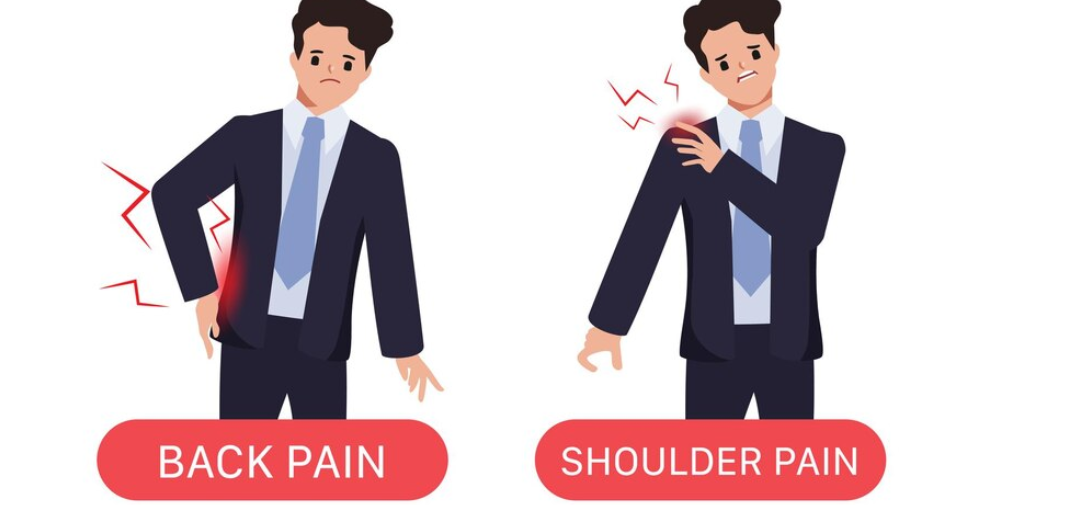Pain can be an unexpected and unwelcome part of life, often starting as an acute, sharp sensation and sometimes lingering longer than anticipated, becoming chronic. This article explores the journey from acute to chronic pain, uncovering the factors that contribute to this transition and offering insights into effective management strategies.
From Acute to Chronic: The Transition
Understanding Acute Pain
-
Nature and Function: Acute pain is an immediate response to injury or tissue damage. It serves a protective function, alerting the body to potential harm and encouraging actions to prevent further injury.
The Turning Point: Factors Contributing to Chronic Pain
-
Prolonged Inflammation: If inflammation persists beyond the initial injury, it can lead to ongoing pain and tissue damage, contributing to the transition from acute to chronic pain.
-
Nerve Damage: Injuries that damage nerves can result in chronic pain conditions, as nerve regeneration and healing processes can be slow and incomplete.
-
Psychological Factors: Stress, anxiety, and depression can amplify pain perception and contribute to the chronicity of pain. Psychological distress can create a feedback loop that exacerbates pain symptoms.
-
Inadequate Pain Management: Failure to adequately treat acute pain can lead to prolonged pain experiences. Inadequate pain relief can cause the nervous system to become sensitized, increasing the risk of chronic pain development.
Mechanisms of Chronic Pain
Sensitization of the Nervous System
-
Peripheral Sensitization: Injuries or inflammation at the site of pain can cause peripheral nerves to become more sensitive, contributing to ongoing pain signals.
Changes in Pain Pathways
-
Neuroplasticity: The nervous system's ability to change and adapt in response to pain can lead to the development of chronic pain pathways, making pain a more permanent feature.
-
Altered Pain Processing: Chronic pain can alter how the brain processes pain signals, often resulting in a heightened perception of pain.
Managing the Journey from Acute to Chronic Pain
Early Intervention
-
Prompt Treatment: Addressing acute pain promptly and effectively can prevent its transition to chronic pain. This includes using appropriate medications, physical therapy, and other interventions to manage pain.
-
Monitoring and Follow-Up: Regular monitoring and follow-up care can ensure that pain is being managed effectively and can help identify any signs of chronic pain development early.
Comprehensive Pain Management Strategies
-
Multimodal Approach: Combining different treatment modalities, such as medications, physical therapy, and psychological support, can provide comprehensive pain relief and reduce the risk of chronic pain.
-
Mind-Body Therapies: Techniques such as mindfulness meditation, yoga, and cognitive-behavioral therapy can help manage pain and reduce the psychological impact of chronic pain.
Lifestyle Modifications
-
Physical Activity: Engaging in regular, appropriate physical activity can help maintain function and reduce pain. Exercise can also improve mood and reduce stress, which can further alleviate pain.
-
Healthy Diet: A balanced diet rich in anti-inflammatory foods can support overall health and reduce pain. Omega-3 fatty acids, antioxidants, and certain vitamins and minerals can help manage inflammation and pain.
Support Networks
-
Professional Support: Working with a team of healthcare providers, including doctors, physical therapists, and psychologists, can provide the support needed to manage chronic pain effectively.
-
Community and Peer Support: Connecting with others who experience chronic pain can provide emotional support and practical advice for managing pain.




